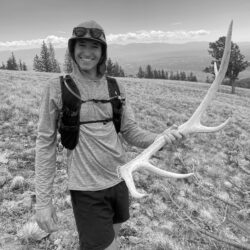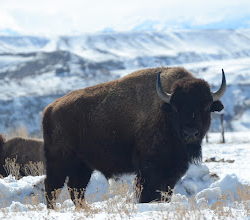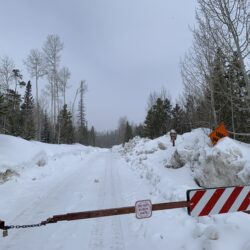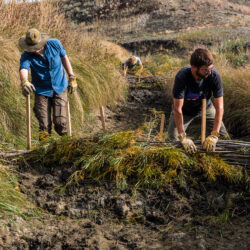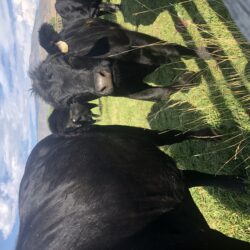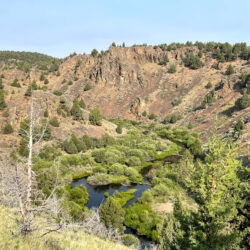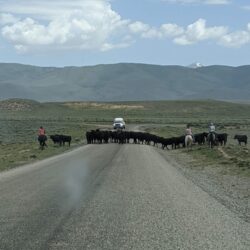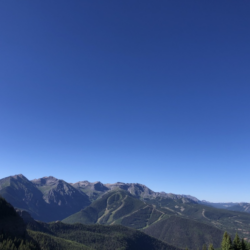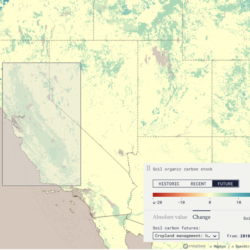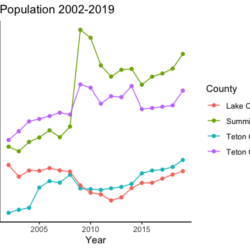Modeling Radiation Use Efficiency in Big Sagebrush Understory
Sam’s research focused on gathering field data to pair with remotely sensed imagery to then model a physiological plant trait called radiation use efficiency. Radiation use efficiency is the proportion of incoming solar radiation that is converted to biomass. Decreases in efficiency of plants has been shown to correlate with stress and decreased production and Read more about Modeling Radiation Use Efficiency in Big Sagebrush Understory[…]

